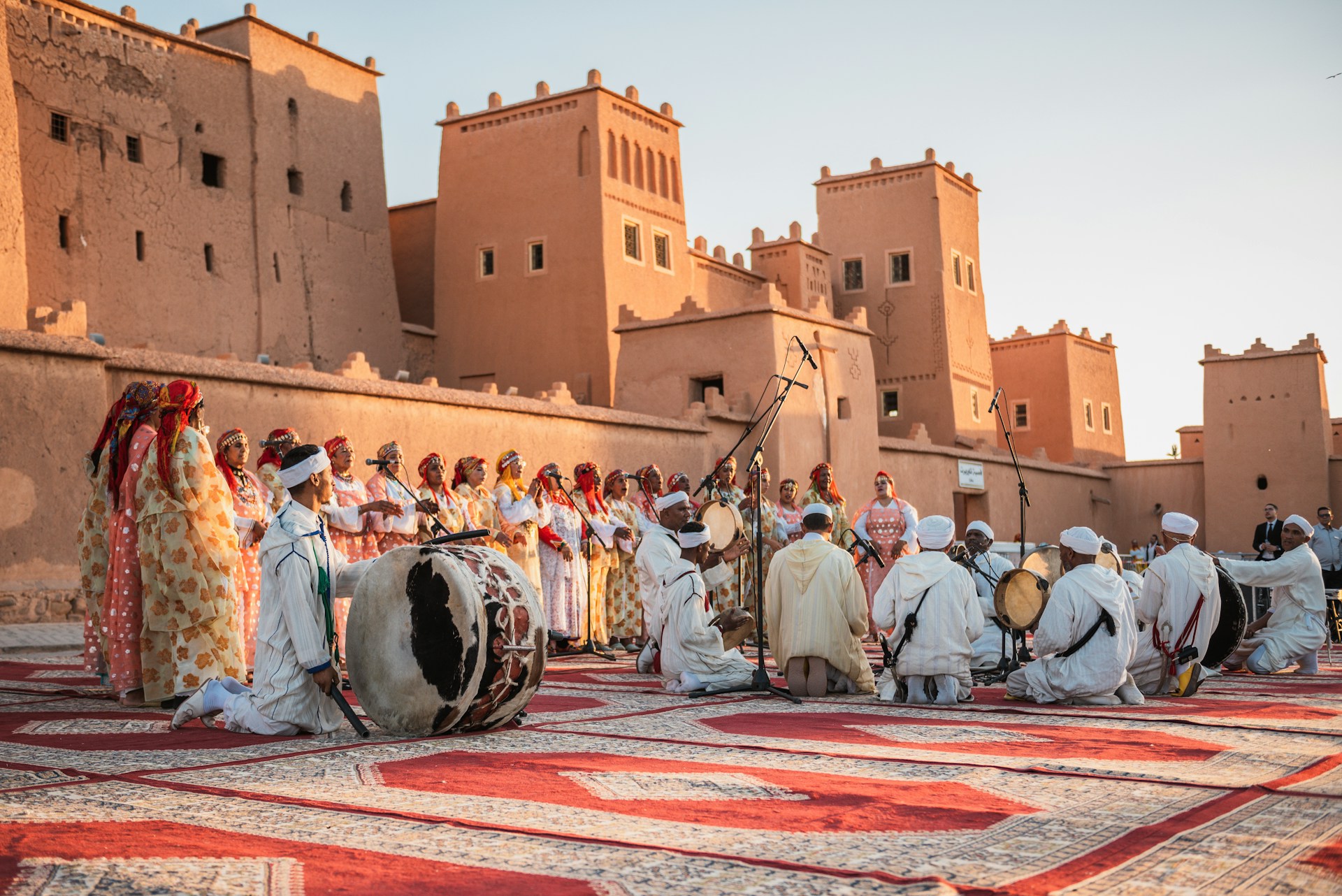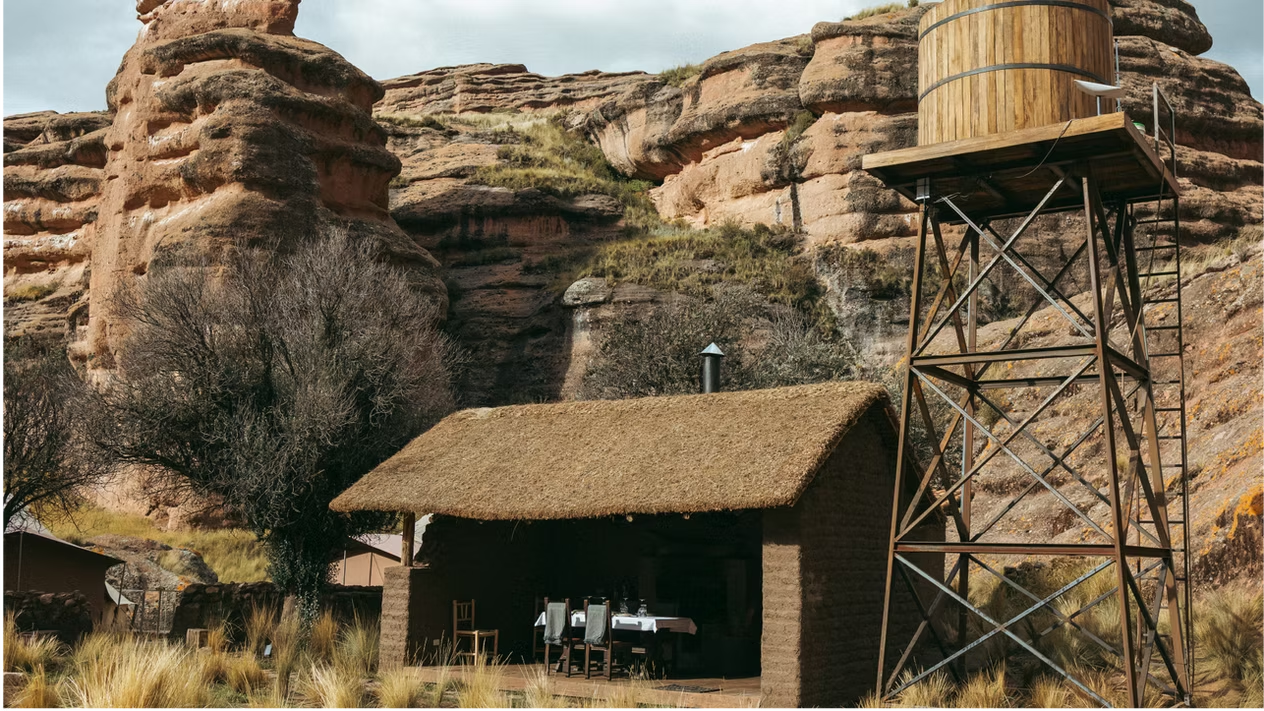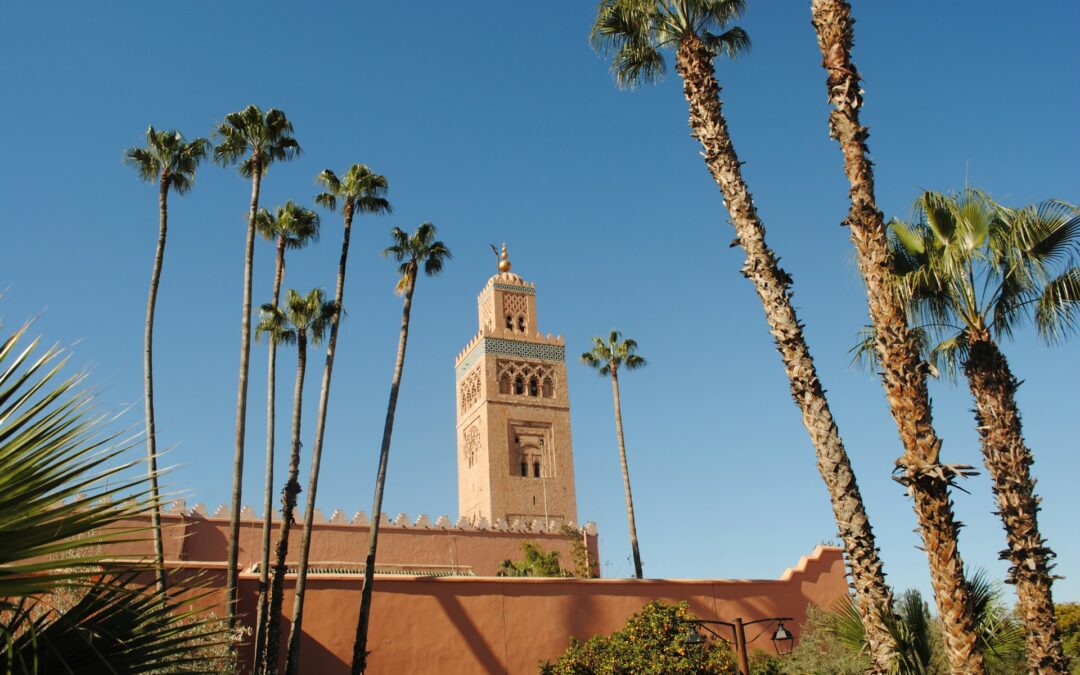In January 2002, the Egyptian government announced an ambitious global competition: to design a new museum complex that would house, preserve, and display some of the world’s most extraordinary ancient artifacts. The chosen site, just two kilometers from the Pyramids of Giza, promised a dramatic connection between Egypt’s timeless past and its modern vision.
A month later, the ceremonial foundation stone was laid, marking the beginning of a monumental project — one that would take decades to complete and become one of the largest museum undertakings in history.
In 2003, Dublin-based Heneghan Peng Architects won the design competition with a bold, contemporary concept that blended cutting-edge geometry with the desert landscape. Construction began in 2005, but progress was anything but straightforward.
Years of challenges and perseverance
The project soon faced environmental, financial, and political challenges. The Arab Spring in 2011 brought construction to a halt, and Egypt’s tourism-dependent economy suffered severe losses.
But in 2014, stability returned, and the project was revived with the help of nearly US$1 billion in international loans, particularly from Japan. Construction resumed, and despite further global setbacks — including the Covid-19 pandemic — Egypt pressed forward.
Now, after years of uncertainty, the Grand Egyptian Museum (GEM) is finally ready to open its doors in November 2025.
The world’s largest archaeological museum
Spanning an extraordinary 872,000 square feet, the GEM will be the largest museum complex in the world dedicated to a single civilization. Inside, over 100,000 artifacts will tell the story of Egypt’s 5,000-year history — from prehistoric times to the Greek and Roman eras.
For the first time ever, the museum will display the entire collection of Tutankhamun’s treasures — more than 5,000 objects discovered in the young pharaoh’s tomb in 1922. Visitors will also encounter monumental sculptures, royal mummies, and artifacts never before seen by the public.
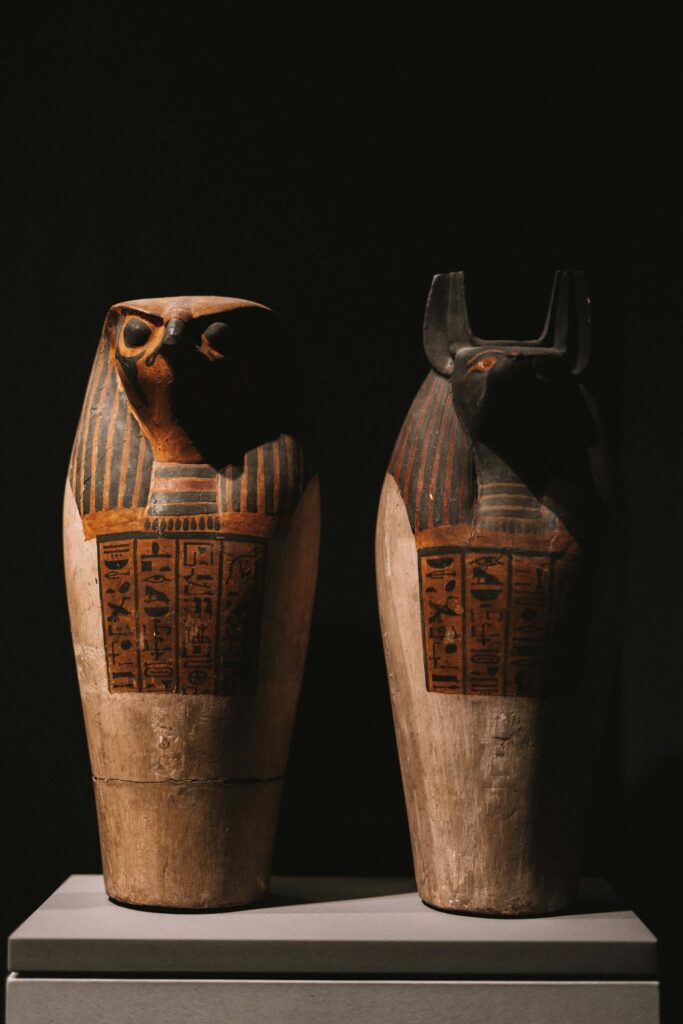
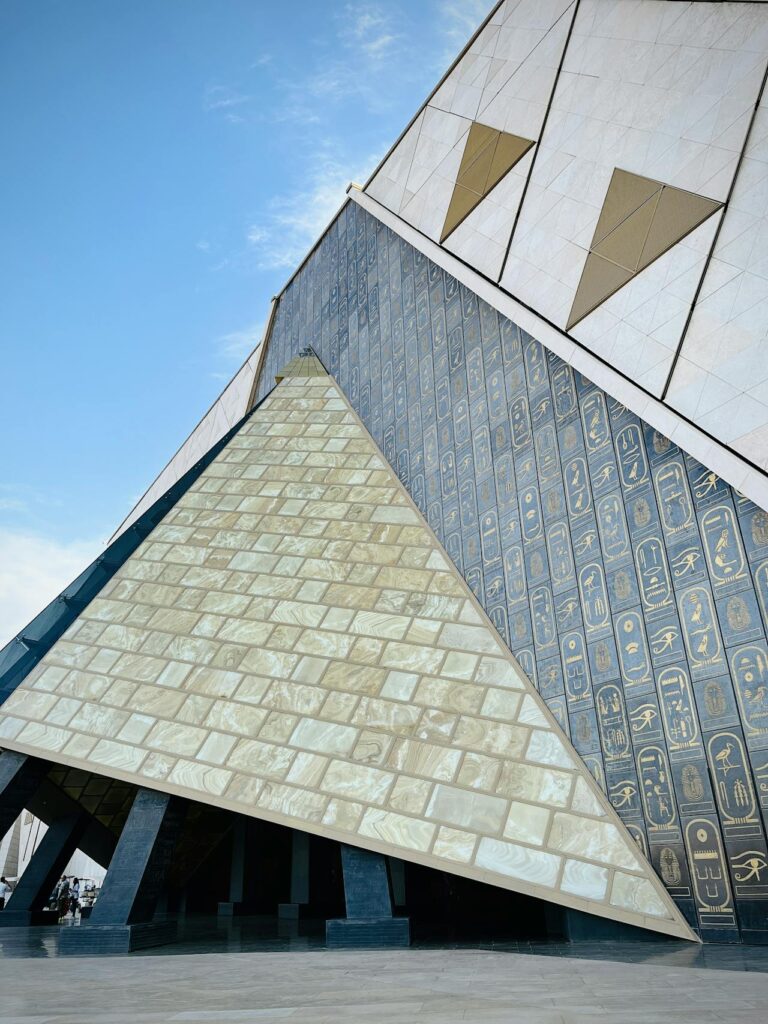
What to expect when visiting
Visitors will enter through a grand hall dominated by a 3,200-year-old statue of Ramses II, followed by a monumental staircase lined with pharaonic statues leading upward toward galleries with panoramic views of the Pyramids of Giza framed by glass walls.
The museum’s 12 main galleries are organized both chronologically and thematically, guiding visitors through Egypt’s vast dynastic history. Beyond exhibitions, the complex includes conservation labs, research centers, a children’s museum, and gardens, making it both a cultural attraction and an educational hub.
From soft opening to grand reveal
Though the GEM’s full opening has been delayed several times — previously projected for 2018, 2019, and 2024 — parts of the museum have already welcomed limited visitors.
The Grand Hall, showcasing the colossal statue of Ramses II, opened for guided tours in 2023. A soft opening in 2024 introduced most of the galleries, though Tutankhamun’s treasures and the ancient solar boats (royal funerary vessels once housed beside the Great Pyramid) remained closed to the public.
This November’s full opening marks the first time all galleries and collections will be accessible, marking the museum’s official inauguration.
What happens to the old Egyptian Museum?
The legendary Egyptian Museum in Tahrir Square, which opened in 1902, has long been the custodian of Egypt’s most prized antiquities, including Tutankhamun’s iconic golden mask. Many of its artifacts have now been transferred to the GEM, and the historic building is gradually being repurposed for conferences, temporary exhibitions, and cultural events.
Local Egyptologists see this shift as an opportunity — transforming Cairo’s downtown museum into a vibrant cultural center while the new GEM takes over as the country’s main archaeological showcase.
A transformation for Giza and Egyptian tourism
The GEM’s opening coincides with a major redevelopment of the Giza Plateau, including a new visitor center and electric bus shuttles connecting the museum and the pyramids. These upgrades aim to modernize visitor access and preserve the delicate desert environment.
Tour operators already report increased demand for 2026, as travelers worldwide plan trips to witness the long-awaited debut of Egypt’s newest cultural icon. Egypt welcomed 15.7 million visitors in 2024, and officials aim to double that number by 2028 — with the Grand Egyptian Museum at the heart of this tourism revival.
A new wonder beside the ancient ones
Standing just a short distance from the Great Pyramid, the Grand Egyptian Museum bridges Egypt’s past and future. It’s both a tribute to one of humanity’s oldest civilizations and a statement of modern ambition.
After more than two decades of vision, patience, and perseverance, Egypt is ready to open the doors to its newest treasure — a museum worthy of the pharaohs.
Main photo by 2H Media


